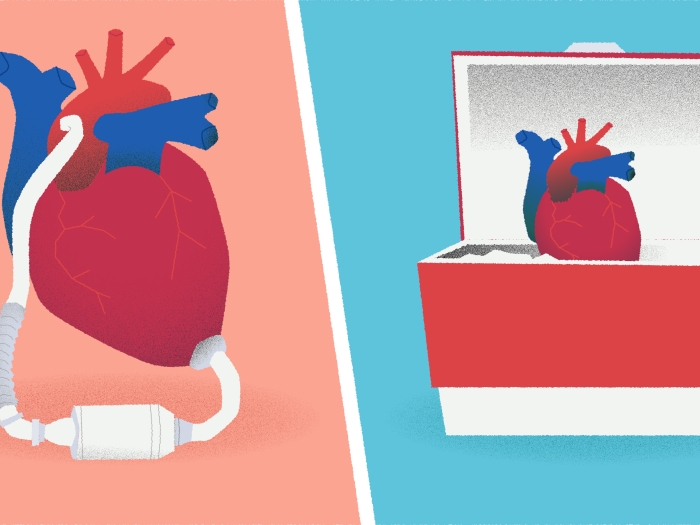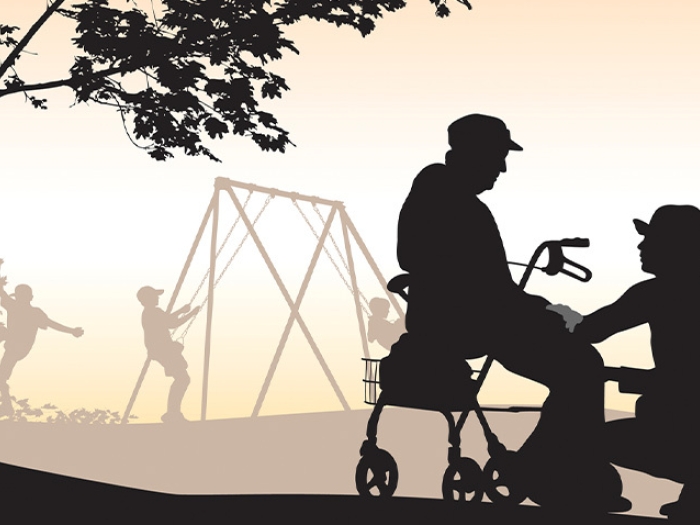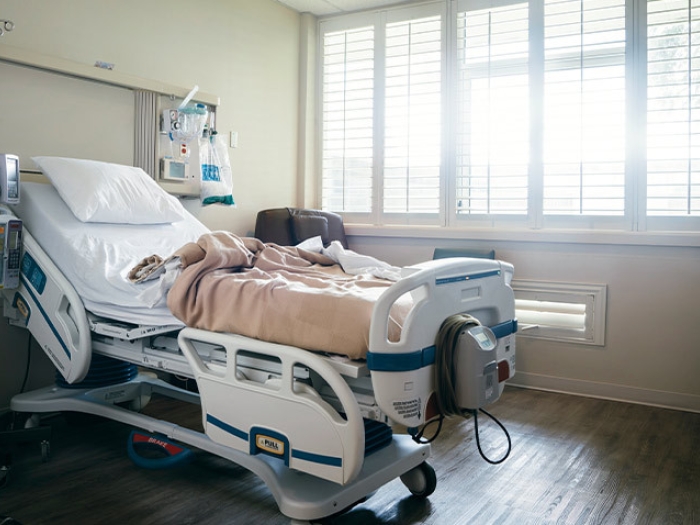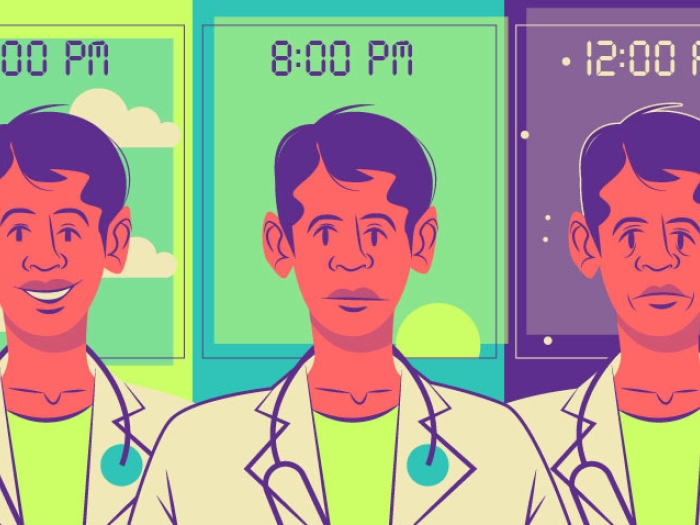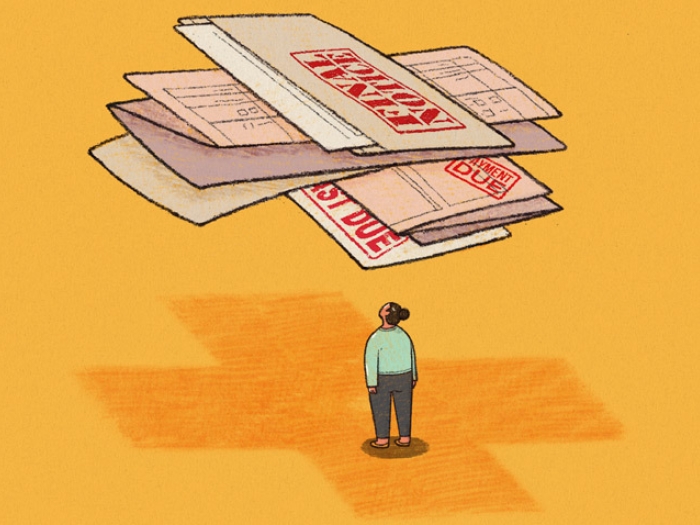At the end of life, traditional Medicare patients are sicker and frailer than Medicare Advantage patients, a new study shows — a difference that matters for health care planning and policy.
1:15 PM
Author |

Nearly one in three American senior citizens choose to get their government-funded Medicare health coverage through plans run by health insurance companies. The rest get it straight from the federal government.
But if health policy decision-makers assume the two groups are pretty much the same, they're mistaken, a new study finds.
And basing decisions on that assumption could skew the nation's efforts to improve care — and to spend taxpayer dollars wisely — at the end of patients' lives, researchers say. That's when one-quarter of Medicare spending happens.
Writing in JAMA Internal Medicine, the University of Michigan Medical School team examined a representative sample of Medicare participants who died over a 14-year period. They found the two groups differ in several aspects of health and independence in the last six months of life.
If we're going to have a national conversation on end-of-life care and the spending it drives, we shouldn't only base it on data from two-thirds of the elderly population.Elena Byhoff, M.D., M.S.
A tale of two Medicares
Participants in Medicare Advantage plans — the HMO-style plans offered by private companies — were younger and heathier overall than those enrolled in traditional fee-for-service Medicare. They were also more likely to be black and live in cities, and less likely to be poor enough to qualify for Medicaid.
Even after the researchers corrected for differences between the two groups based on their ages, wealth and education, they still found differences.
Medicare Advantage enrollees reported better health, fewer problems performing daily activities on their own, and fewer memory and thinking issues than traditional Medicare participants.
Many health policy decisions are made by looking only at traditional Medicare data, says Elena Byhoff, M.D., M.S., who led the analysis as a Robert Wood Johnson Foundation Clinical Scholar at U-M.
That's because it's easier to get specific information about what care each patient received, and what it cost the Medicare program, in fee-for-service care. Private plans receive a lump sum to care for a population of patients.
When Medicare Advantage was new and covered a much smaller proportion of Medicare enrollees, basing decisions just on traditional Medicare data may have been reasonable, she notes. But enrollment in Medicare Advantage has tripled in the 12 years since the plan's 2003 reorganization, and now 31 percent of seniors have such coverage.
"Potentially, we're overestimating the severity of illness in studies of Medicare end-of-life care, and evaluations of policy options," says Byhoff, an internist and health services researcher who worked on this study with John Z. Ayanian, M.D., M.P.P., director of the U-M Institute for Healthcare Policy and Innovation.
Building on knowledge
Typical studies of end-of-life care use data that the federal Centers for Medicare and Medicaid Services (CMS) make available to researchers and policy analysts. The new study used data from the Health and Retirement Study, based at U-M's Institute for Social Research. For more than two decades, it has tracked the health and other characteristics of older Americans through detailed surveys.
The team obtained data from 9,385 participants who died between 1998 and 2012, when Medicare managed care options were taking off. They looked at characteristics as reported on the last survey that the participants took. Just over 24 percent of the individuals had Medicare Advantage.
Other studies have suggested the Medicare Advantage population might be healthier because the coverage is different, and because the plans aren't as common in less-healthy area of the nation.
But the new study is the first to show such stark differences among those who died — and Byhoff says she and her colleagues were surprised at just how distinct the two populations were.
Some studies have suggested that end-of-life care is less expensive in Medicare Advantage. But the new head-to-head analysis suggests that part of this difference may relate to who's enrolled rather than with what's covered and how.
"Medicare Advantage can limit patient options to providers and hospitals within a defined network," says Byhoff. "Patients in Medicare Advantage plans are also known to be more likely to use hospice at the end of life, perhaps because awareness of that benefit is higher."
Since 2011, CMS has introduced new programs that seek to improve quality and keep cost growth sustainable in traditional Medicare, such as Accountable Care Organizations.
"If we're going to have a national conversation on end-of-life care and the spending it drives, we shouldn't only base it on data from two-thirds of the elderly population," says Byhoff. "Future research and policy decisions should be based on complete utilization data from both major parts of the Medicare program."

Explore a variety of healthcare news & stories by visiting the Health Lab home page for more articles.

Department of Communication at Michigan Medicine
Want top health & research news weekly? Sign up for Health Lab’s newsletters today!
